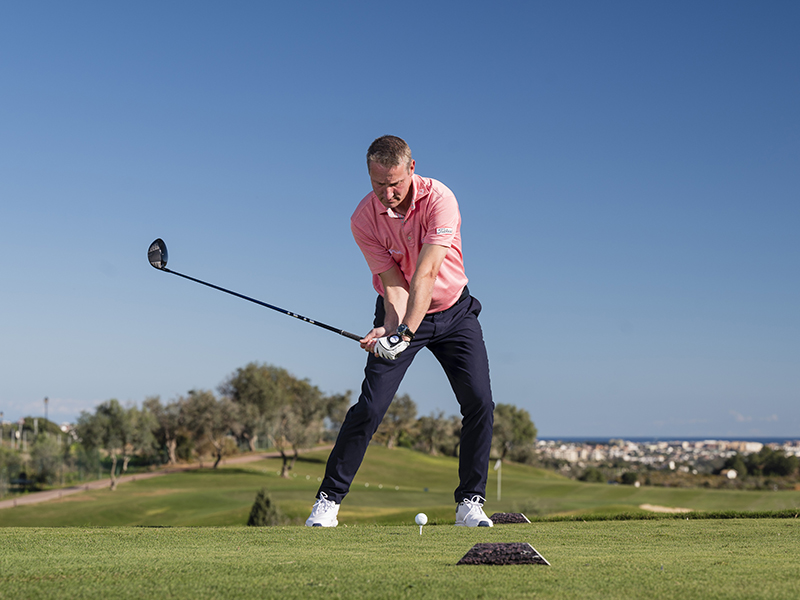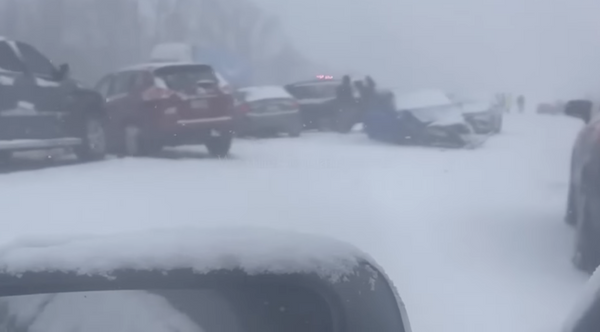
So, you have nailed your address position and mastered the backswing with the big stick in hand, but much of the hard work is still to come. The driver downswing is essentially the vehicle which delivers your stored power through the golf ball at impact, so getting this crucial component wrong can cost you distance and strokes on your scorecard.
Whether you own the best driver on the market or you wield a trusty servant from years gone by, you will struggle to see the results you are after without a sound technique and understanding of one vital move.
In this article, PGA Master Professional and Golf Monthly Top 50 Coach Anders Mankert shares some expert tips from his illustrious teaching career and outlines a key position all amateurs should work on to unlock more power with a driver off the tee...
The Key Position For Unleashing Power With Driver
The first move to initiate the downswing with a driver is to transfer your weight from the inside of your trail heel to the ball of your lead foot. This explosive movement helps to send all that stored power towards the target, allowing the rest of the swing to remain in sequence and follow the correct path towards the impact position.
Tennis Ball Drill
There is a great drill to practice this key movement in the downswing, and all you need is two halves of a tennis ball. Take your normal stance and place one half under the ball of your lead foot. Put the other half under your trail heel, then make a few slow practice swings. Try to focus on the squashing the tennis ball under your trail heel in the backswing, then initiate the downswing by crushing the tennis ball under your lead foot.
When you feel confident, hit a few balls and slowly build up the speed. You can practice this at home without a club, so there really is no excuse to miss out on those extra yards on the golf course.
The Power Move
The arms go from being very wide in the backswing to very narrow in the downswing, with your trail elbow moving in towards the your rib cage

This sets the club in a great position to allow you to turn and whip the club through the ball. You can see in the image below that my weight has already transferred over to my lead side, clearing my hips and leaving plenty of room for my hands to deliver the club.

Common Faults In The Downswing
When trying to improve an area of the golf swing, it's important to correctly identify the problem first in order to source the appropriate antidote.
So many amateur golfers struggle to transfer their weight effectively, often staying over on their lead foot throughout most of the swing. This can be exasperated further by a reverse pivot, where a player moves their weight incorrectly onto their front foot in the backswing and their trail foot in the downswing.
Another issue in the downswing could be casting, where you release the power too early and miss out on that lovely, strong position that I outlined above. If either issue resonates with your own game, the tips above will certainly help you to move in the right direction.
FAQS
Q: What is the average driving distance for a male amateur golfer?
A: The answer to this question depends on a very important variable - your handicap. The two are closely linked, with a scratch golfer expected to hit the ball 61 yards further than a 25-handicapper on average (according to the latest Shot Scope data). The average driving distances are as follows:
Scratch - 248 yards
5-handicap - 225 yards
10-handicap - 218 yards
15-handicap - 202 yards
20-handicap - 189 yards
25-handicap - 187 yards
Q: Does the average amateur golfer miss the fairway to the left or right more often with driver?
A: Missing the fairway to the right with driver is the most common, but only marginally. A 5-handicap golfer will miss to the right 24 percent of the time, while missing left 23 percent of the time. The gap widens slightly as you slide down the handicap scale, with a 25-handicapper missing right 28 percent of the time in comparison to 19% over to the left.







